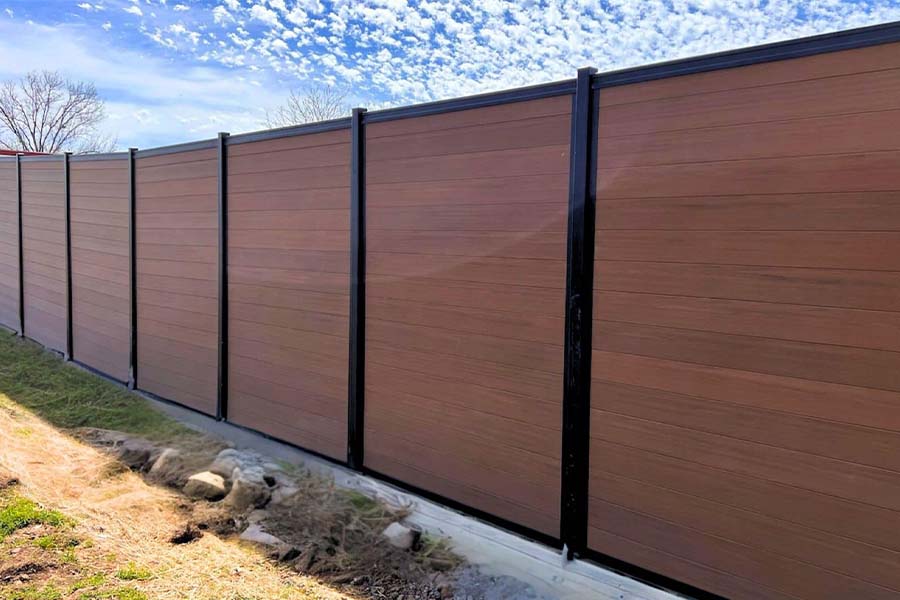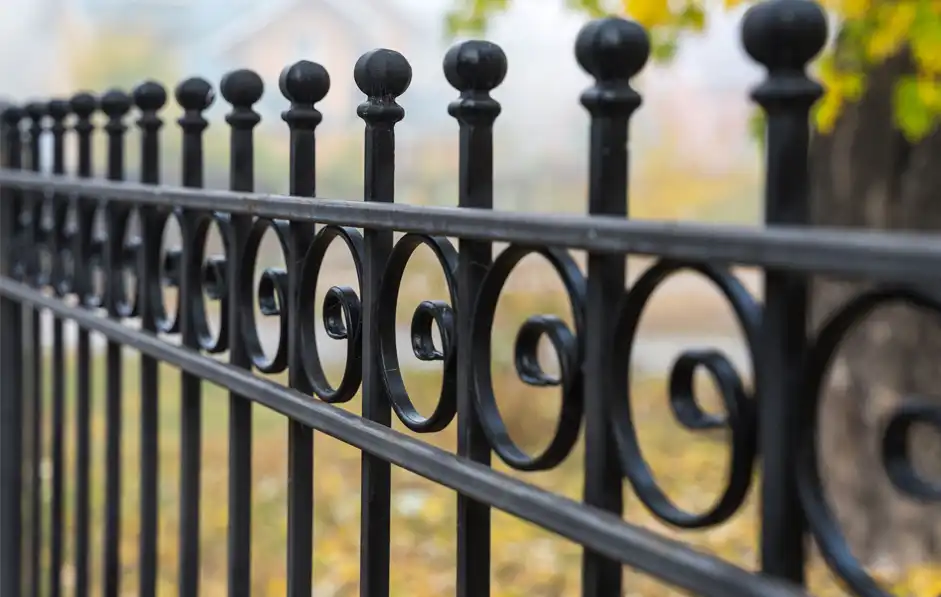All Categories
Featured
When it comes to keeping a wooden fence, property owners usually deal with the choice of whether to repaint or discolor. Both options have their cons and pros, and the selection ultimately depends on your visual choices, the kind of wood, and exactly how much upkeep you agree to commit to. Here's a detailed comparison to aid you make an informed decision.
The Basics of Painting and Discoloration
Paint involves covering the wood with an opaque layer of shade. It offers total insurance coverage, concealing the timber grain while using excellent protection versus environmental elements.
Discoloring passes through the timber, boosting its all-natural appeal while adding a safety layer. Depending upon the type, discolorations can vary from transparent to solid, permitting differing levels of wood grain presence.
Advantages And Disadvantages of Painting
Pros:
Large Range of Colors: Repaint offers endless color options, permitting you to match your fencing to your home's outside or individual design.
Longer Lasting: Premium outside paint can last approximately 5-7 years, needing less frequent reapplication.
Superior Defense: Paint types a thick, solid barrier against moisture, UV rays, and bugs.
Cons:
Breaking and peeling off: With time, paint can peel or split, particularly in areas with extreme weather.
Hides Natural Wood Appeal: If you enjoy the natural grain of timber, paint might not be the most effective selection.
Higher Maintenance: Repainting needs removing the old paint, which can be labor-intensive.
![]()
Advantages And Disadvantages of Staining
Pros:
All-natural Look: Discolorations protect and boost the all-natural charm of the timber, making it perfect for high-grade timber like cedar or redwood.
Less Complicated to Reapply: Unlike paint, discolorations don't peel off or crack. Reapplying discolor commonly needs less surface area prep work.
Flexible Complete Choices: Spots been available in transparent, semi-transparent, and solid ranges, providing different degrees of protection.
Cons:
![]()
Much Shorter Lifespan: Discolorations, semi-transparent and particularly transparent ones, may need reapplication every 2-3 years.
Restricted Color Options: While spots provide all-natural tones, they do not have the wide color scheme offered with paint.
Much Less Safety: Spots penetrate the wood however don't give as thick an obstacle as paint, making them somewhat less safety versus severe weather.
Variables to Take Into Consideration
Aesthetic Preferences: If you want vivid shades and full coverage, paint is the way to go. For a natural and rustic look, choose tarnish.
Timber Kind: High-quality woods with lovely grains take advantage of discoloration, while lower-grade woods can be painted for a refined appearance.
![]()
Environment: In damp or moist climates, paint's thicker barrier might provide far better protection. In completely dry or modest environments, discolorations can be adequate.
Upkeep Dedication: Paint includes much less regular reapplication however more effort throughout touch-ups. Discoloration needs routine maintenance but is less complicated to handle.
Final Ideas
Both paint and staining can efficiently safeguard and improve your wooden fence. The ideal alternative depends upon your top priorities, whether they lean towards looks, toughness, or ease of maintenance. By comprehending the benefits and drawbacks of each, you can select the surface that lines up with your needs and ensures your fencing remains a standout function of your residential property for many years ahead.
The Basics of Painting and Discoloration
Paint involves covering the wood with an opaque layer of shade. It offers total insurance coverage, concealing the timber grain while using excellent protection versus environmental elements.
Discoloring passes through the timber, boosting its all-natural appeal while adding a safety layer. Depending upon the type, discolorations can vary from transparent to solid, permitting differing levels of wood grain presence.
Advantages And Disadvantages of Painting
Pros:
Large Range of Colors: Repaint offers endless color options, permitting you to match your fencing to your home's outside or individual design.
Longer Lasting: Premium outside paint can last approximately 5-7 years, needing less frequent reapplication.
Superior Defense: Paint types a thick, solid barrier against moisture, UV rays, and bugs.
Cons:
Breaking and peeling off: With time, paint can peel or split, particularly in areas with extreme weather.
Hides Natural Wood Appeal: If you enjoy the natural grain of timber, paint might not be the most effective selection.
Higher Maintenance: Repainting needs removing the old paint, which can be labor-intensive.

Advantages And Disadvantages of Staining
Pros:
All-natural Look: Discolorations protect and boost the all-natural charm of the timber, making it perfect for high-grade timber like cedar or redwood.
Less Complicated to Reapply: Unlike paint, discolorations don't peel off or crack. Reapplying discolor commonly needs less surface area prep work.
Flexible Complete Choices: Spots been available in transparent, semi-transparent, and solid ranges, providing different degrees of protection.
Cons:

Much Shorter Lifespan: Discolorations, semi-transparent and particularly transparent ones, may need reapplication every 2-3 years.
Restricted Color Options: While spots provide all-natural tones, they do not have the wide color scheme offered with paint.
Much Less Safety: Spots penetrate the wood however don't give as thick an obstacle as paint, making them somewhat less safety versus severe weather.
Variables to Take Into Consideration
Aesthetic Preferences: If you want vivid shades and full coverage, paint is the way to go. For a natural and rustic look, choose tarnish.
Timber Kind: High-quality woods with lovely grains take advantage of discoloration, while lower-grade woods can be painted for a refined appearance.

Environment: In damp or moist climates, paint's thicker barrier might provide far better protection. In completely dry or modest environments, discolorations can be adequate.
Upkeep Dedication: Paint includes much less regular reapplication however more effort throughout touch-ups. Discoloration needs routine maintenance but is less complicated to handle.
Final Ideas
Both paint and staining can efficiently safeguard and improve your wooden fence. The ideal alternative depends upon your top priorities, whether they lean towards looks, toughness, or ease of maintenance. By comprehending the benefits and drawbacks of each, you can select the surface that lines up with your needs and ensures your fencing remains a standout function of your residential property for many years ahead.
Latest Posts
Boost Your Home's Outside with Weathercraft's Home siding Solutions
Published May 26, 25
1 min read
Discover WyHy Federal Credit Union – Trusted Financial Solutions for Your Financial Success
Published May 24, 25
1 min read
Discover Affordable Auto Repairs with Montclare’s Exclusive Service Specials
Published May 23, 25
1 min read
More
Latest Posts
Boost Your Home's Outside with Weathercraft's Home siding Solutions
Published May 26, 25
1 min read
Discover WyHy Federal Credit Union – Trusted Financial Solutions for Your Financial Success
Published May 24, 25
1 min read
Discover Affordable Auto Repairs with Montclare’s Exclusive Service Specials
Published May 23, 25
1 min read